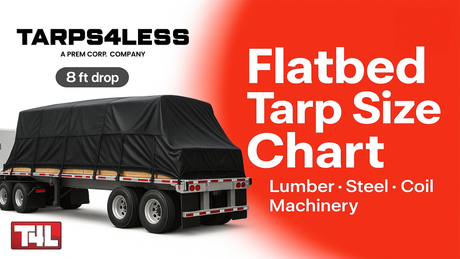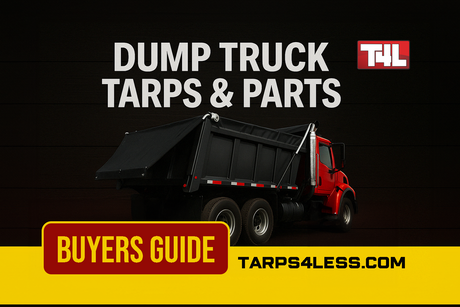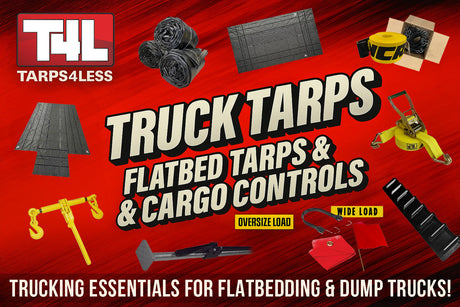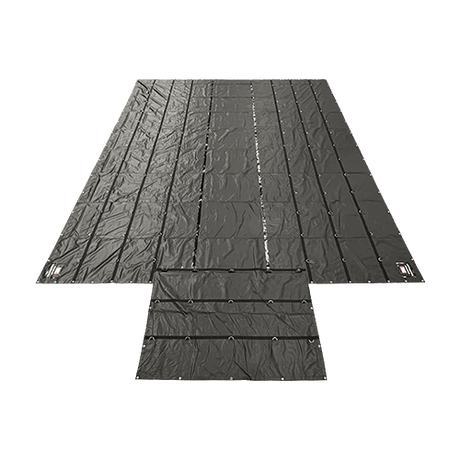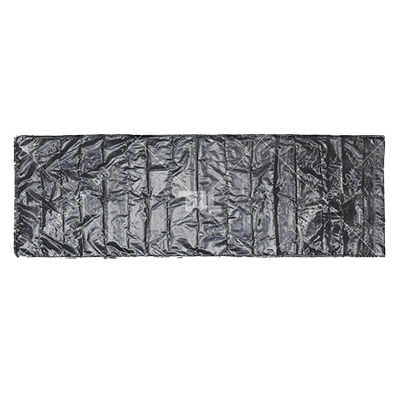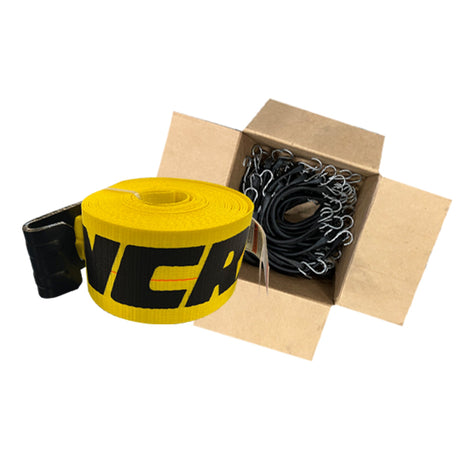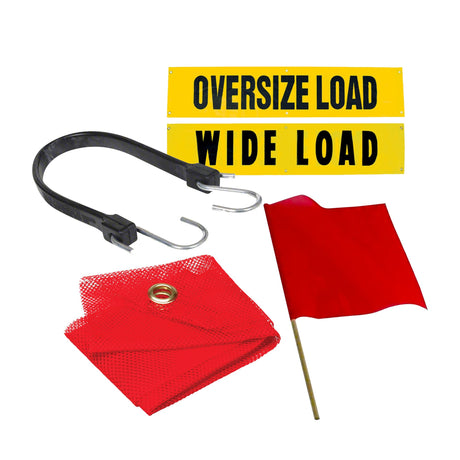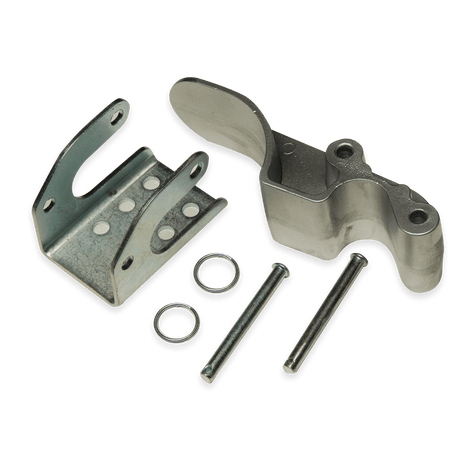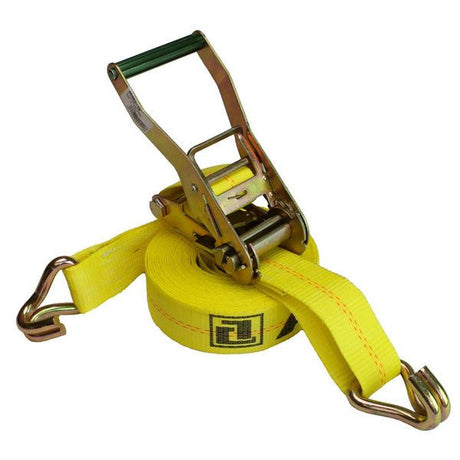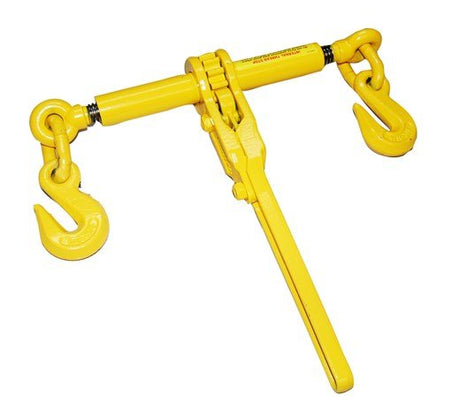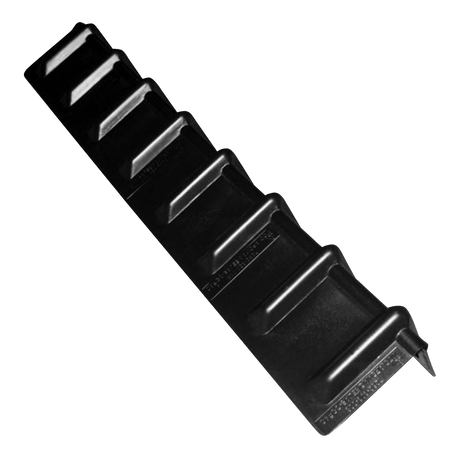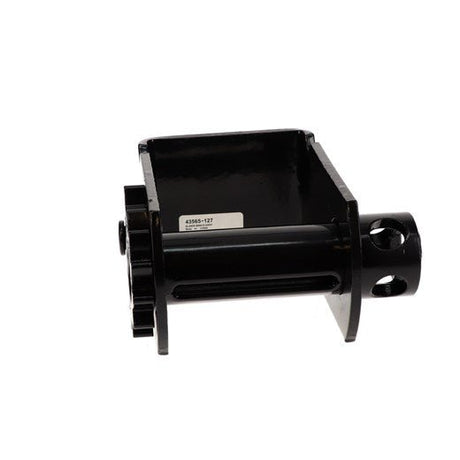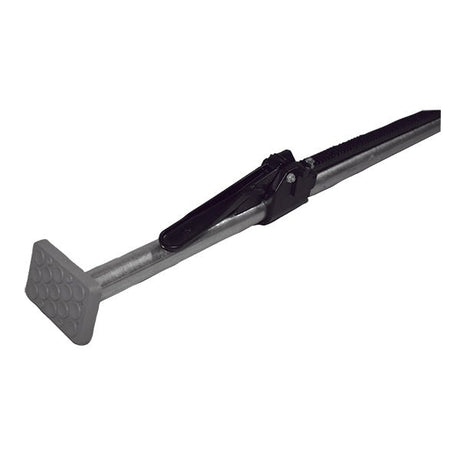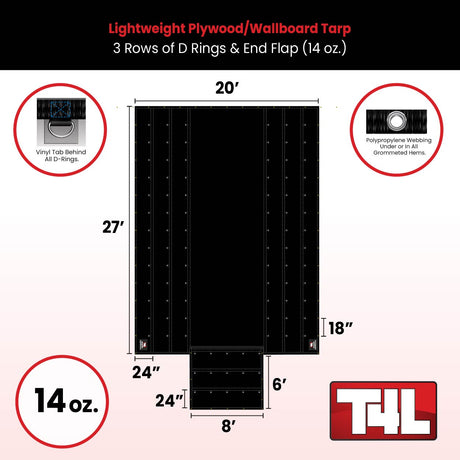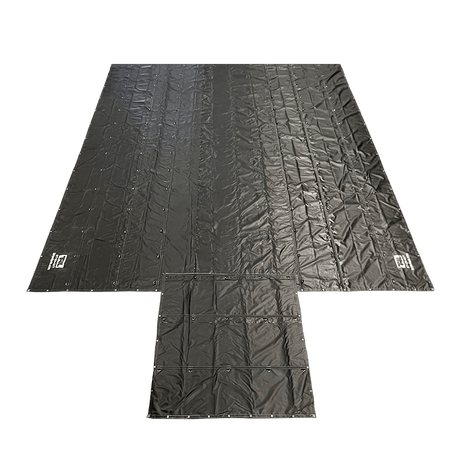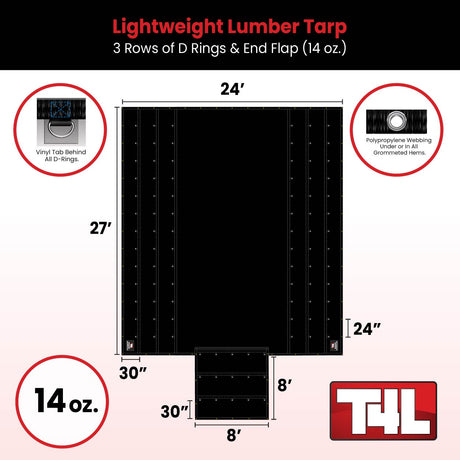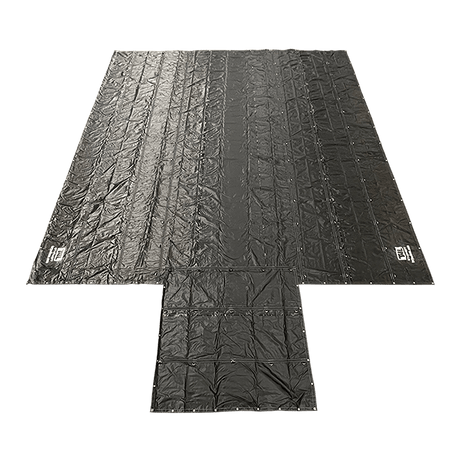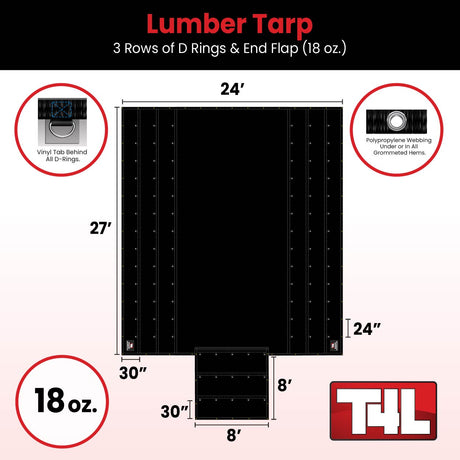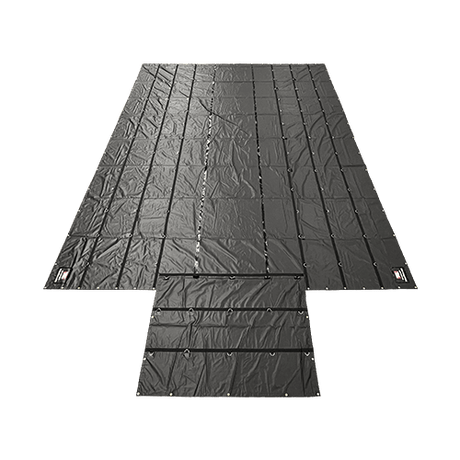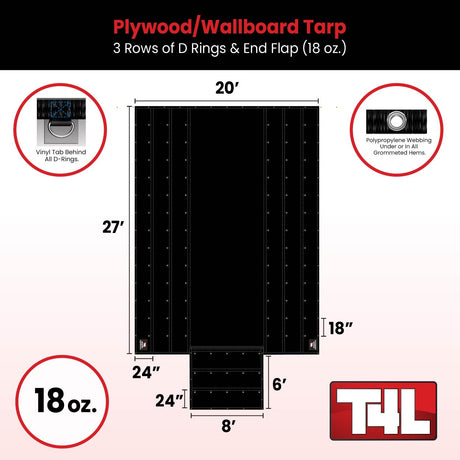Effective tarping techniques not only protect the cargo but also extend the life of the tarp itself. Here are some good practices to consider:
-
Use Proper Equipment: Utilize heavy-duty tarps with built-in grommets and ratchet straps or bungee cords to secure the tarp tightly.
-
Even Distribution: Ensure the tarp is evenly distributed over the cargo to avoid pooling water or wind catching any loose areas.
-
Regular Checks: Perform regular checks during transit to ensure the tarp remains secure and adjust as needed to prevent any damage due to flapping or chafing.
-
Adequate Coverage: Make sure the tarp adequately covers the entire load, including the corners and sides, leaving no part of the cargo exposed.
-
Wind Mitigation: When possible, park in a way that minimizes wind exposure and tarp flapping, especially during strong winds or when parked overnight.
-
Wind Whip Dangers:
- Tears the Tarp: Wind can cause the tarp to flap violently, leading to tears in the material.
- Rips Out Grommets: The force of the wind can pull out the grommets that are meant to secure the tarp, reducing its effectiveness and lifespan.
- Delaminates Tarp: Constant flapping and whipping in the wind can cause the layers of the tarp material to separate, known as delamination.
- Makes Welds Fail: If the tarp is part of a system that includes welded components, the stress from wind can cause these welds to fail.
- Tears Out Stitching: The stitching that holds the tarp together can be torn out due to the stress from wind whipping.
-
Prevention of Cargo Damage:
- Prevents Moisture Damage: Properly securing the tarp prevents moisture from getting in and damaging the cargo.
- Avoids Tarp Damage: It also minimizes abrasion and the risk of tears, ensuring the tarp lasts longer and continues to protect the load.
- Secures the Load: A well-fastened tarp ensures that the cargo is adequately shielded from the elements and road debris.
- Maintains Tarp Integrity: Avoiding unauthorized holes keeps the tarp's integrity intact, ensuring it remains effective at protecting the cargo.
- Safety Considerations: A secure tarp means safer travel for not only the cargo but also other road users who might be affected by debris or tarp pieces if the load were not properly covered.
As we've navigated through the crucial techniques for tarping a flatbed trailer, it's clear that the key to longevity in both your tarp and cargo lies in the details. By embracing these effective tarping practices, you not only ensure the safety of your load but also contribute to a more efficient and reliable transportation process. Remember, a well-secured tarp is more than just a regulatory requirement; it's a testament to a trucker's commitment to quality and safety on the open road. So, take the time, secure your cargo, and drive confidently, knowing that you're upholding the highest standards of flatbed trucking.




